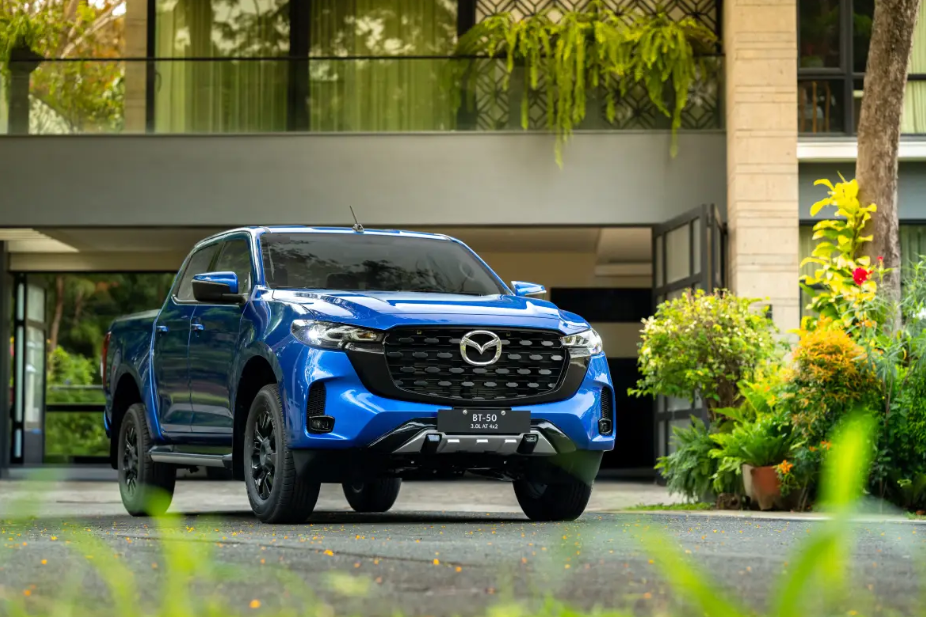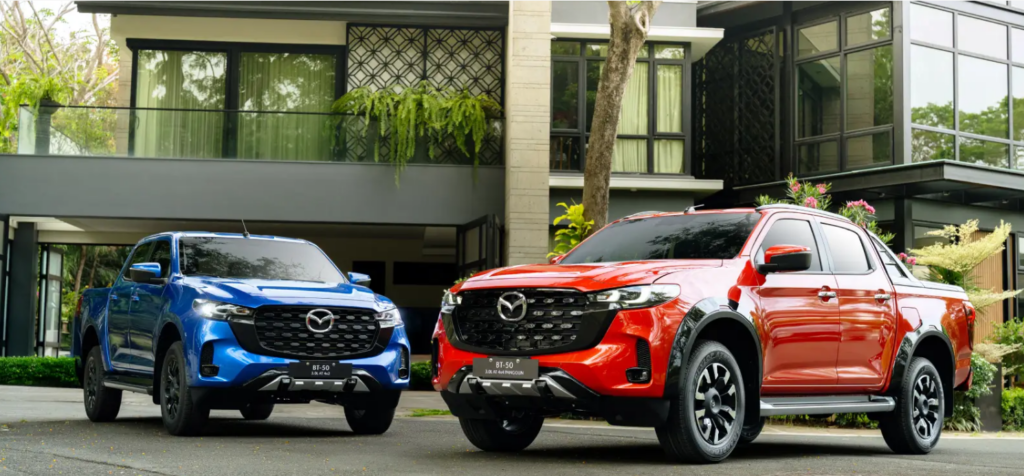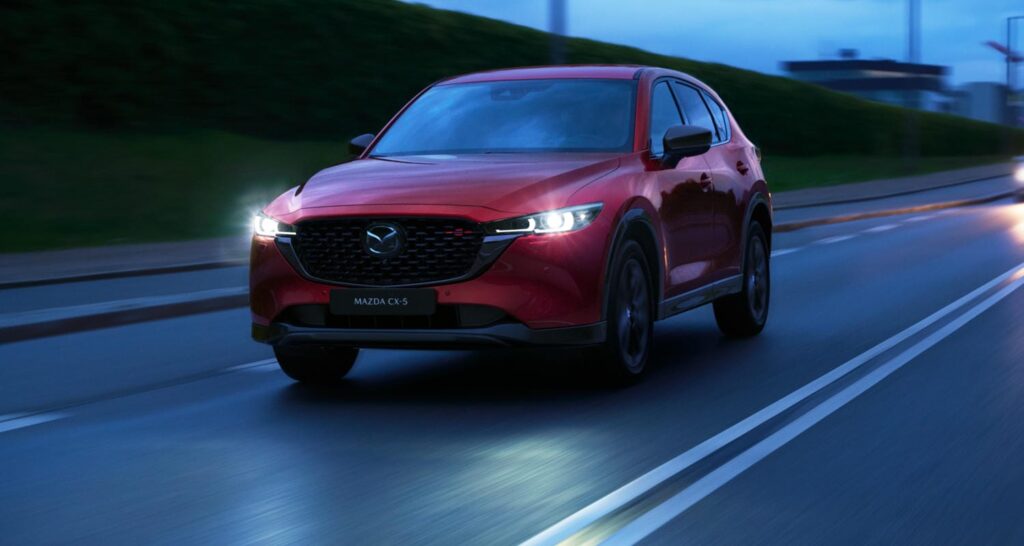
When it comes to pickups that have earned their stripes on the roads, hills, and job sites of Trinidad and Tobago, few names stir up nostalgia quite like Mazda. From the classic Mazda B2000 and B2500 models to the new-generation Mazda BT-50, Mazda has consistently delivered a blend of rugged utility, long-lasting performance, and unmistakable style that Trinidadians have come to trust.
A Legacy Built on Grit: The B Series.
Ask any seasoned pickup owner in Trinidad about their first workhorse, and chances are you’ll hear stories about the Mazda B Series. These models became household names during the late 80s and 90s for good reason:
- Durability – Built tough for construction sites, quarries, farms, and family businesses, these pickups could take a beating and still keep going.
- Simple, Reliable Engineering – No fuss, no frills. The B-Series pickups were easy to maintain, which made them a favourite among mechanics and owners alike.
- Affordability – Whether new or second-hand, Mazda pickups always offered solid value for money.
- Work & Play – These trucks doubled as work vehicles during the week and family rides on the weekend.
Even today, many B2500s and B2000s are still running strong across Trinidad, a testament to Mazda’s legacy of quality and resilience.
The Mazda BT-50: Built for Today’s Demands
Enter the modern evolution of the Mazda pickup—the Mazda BT-50. While the classic B-Series trucks won hearts with their utilitarian charm, the BT-50 takes things to the next level with advanced technology, refined styling, and modern capability.

Key Features Trinidad Drivers Will Appreciate:
✅ Strong Performance
With a powerful turbo-diesel engine under the hood, the BT-50 is built to handle everything from rugged rural terrain in Mayaro to busy construction sites in San Fernando. Towing, hauling, or climbing – the BT-50 does it all with confidence.
✅ Advanced Safety
Equipped with driver-assist technologies like Lane Keep Assist, Blind Spot Monitoring, and Autonomous Emergency Braking, the BT-50 brings peace of mind to your daily commute or highway journeys.
✅ Luxurious Yet Practical Interior
Mazda has added premium finishes, smartphone connectivity, and ergonomic design, making it one of the most comfortable pickups in its class – perfect for drivers who want work-truck strength without compromising on style or comfort.
✅ Fuel Efficient
In a market where gas prices are always a concern, the BT-50 offers impressive fuel economy for a vehicle of its size and strength – ideal for both business use and daily driving across the island.
Why Mazda Pickups Are Still a Fan Favourite in Trinidad
For decades, Mazda pickups have earned a reputation for dependability, affordability, and versatility. In Trinidad and Tobago’s diverse terrain and dynamic economy, owning a pickup that can handle both personal and professional demands is a game-changer—and Mazda has been delivering on that promise for generations.
From Point Fortin to Sangre Grande, the Mazda B2000 and B2500 remain cult favourites, while the BT-50 is winning over a new generation of drivers who demand more from their vehicles.
Final Thoughts
Whether you’re a business owner looking for a reliable fleet vehicle, a contractor who needs rugged capability, or a weekend adventurer seeking freedom off the beaten path, Mazda has a pickup that suits your lifestyle.
At Southern Sales & Service, we’ve been part of this Mazda legacy for decades, and we’re proud to continue offering top-tier Mazda pickups to our customers across Trinidad and Tobago.
Ready to experience the BT-50 for yourself?
Book a test drive today, and let’s find the perfect pickup for your next chapter.


